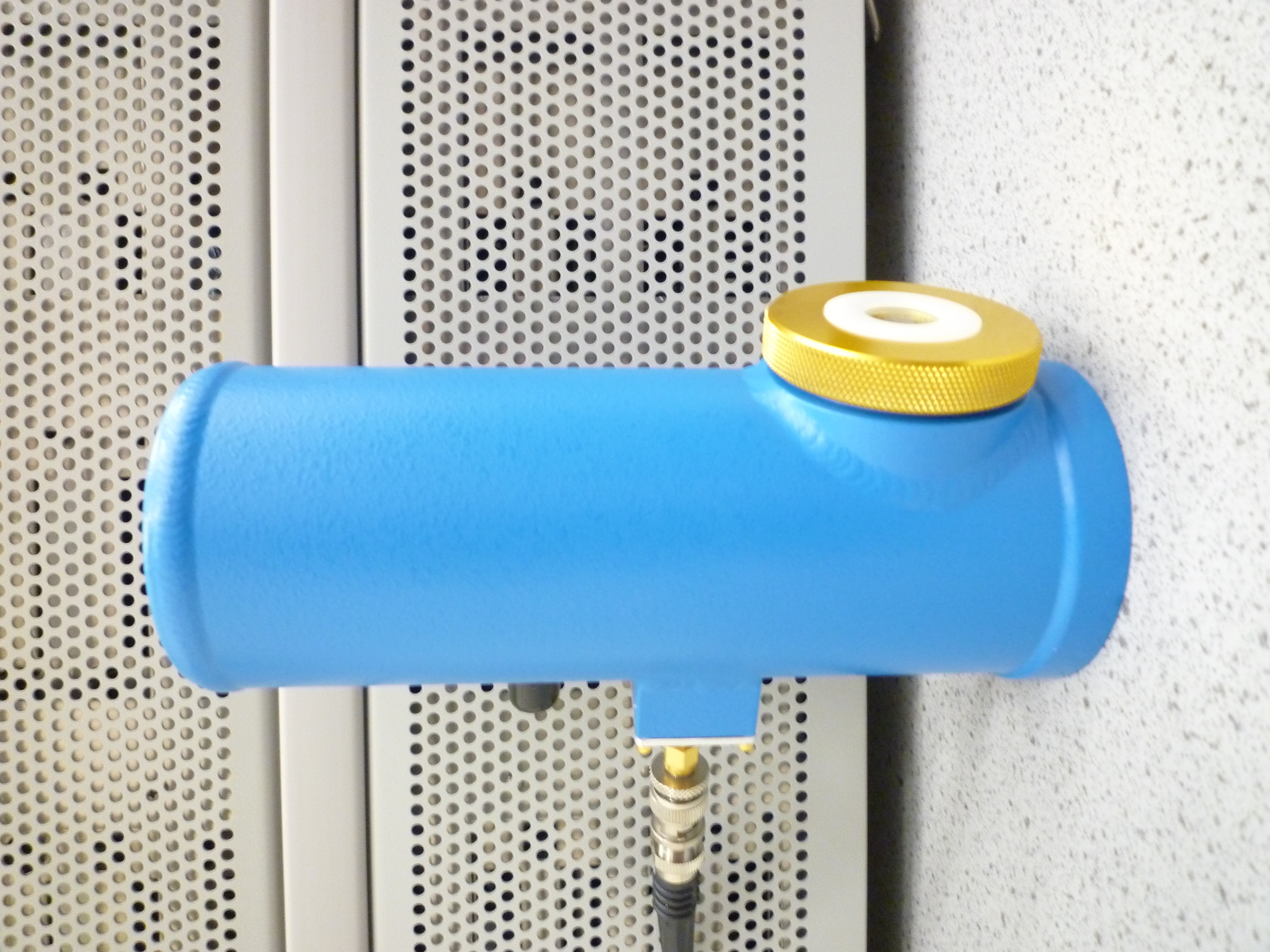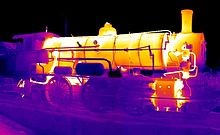Description:
MIRSIL™ (MID INFRARED SILICON)
A DISRUPTIVE BAND-EDGE MODIFIED BULK SILICON TECHNOLOGY FOR
MID INFRARED (2-5.5µm) DETECTION AND IMAGING
SUMMARY
The new MIRSIL™ rare-earth enhanced silicon detector is a proven breakthrough in the detection of mid infrared light, initially in the 2-5.5µm range, with the possibility of detection at longer wavelengths. Using patented disruptive technology, MIRSIL™ breaks through the silicon band gap barrier of 1.1 µm and extends photodetection, in otherwise conventional silicon, out to the mid infrared beyond 5.5µm. Prototype device detectivity is comparable to or better than current mid infrared materials. MIRSIL™ promises to deliver devices that will operate at much higher temperatures than currently available technologies, greatly decreasing the cost and complexity of detection systems and opening up larger, lower cost markets. MIRSIL™ technology also has a much lower environmental impact than current detector materials such as mercury, cadmium, arsenic and indium which are toxic and/or expensive.


BACKGROUND
Photonics is a Key Enabling Technology and has been identified as having a substantial leverage effect on the global economy and workforce*. More generally, silicon and its associated technologies underpin microelectronics, information technology and the digital world as we currently know it. Silicon photonics, and major breakthroughs such as mid-IR detection, would widen its application areas into a range of high value, important societal, environmental, military, security and health applications. An example is green photonics (comprising photonic solutions that generate or conserve energy, cut greenhouse emissions, reduce pollution, yield environmentally sustainable outputs or improve public health) which is expected to have a Compound Annual Growth Rate value of near to 20%*. A particular growth area is the use of mid-IR sensors in smart buildings and cities enabling the much more efficient use of energy resources and management of emissions. Here the potential cost-performance benefit of a silicon mid-IR solution could be very significant.
A key market for MIRSIL™ to address will be mid infrared 2 to 5.5 µm. This is currently dominated by MCT (mercury/ cadmium/ telluride) although alternative detector technologies such as SuperLattice materials and nBn detectors are making inroads. All these devices are expensive and difficult to manufacture and need to be bonded to a silicon readout chip. MIRSIL™ could extend conventional, ubiquitous, low-cost silicon camera chip technology from the visible and near infrared to the mid infrared, combining the detector and read-out electronics onto one device.
MIRSIL™ TECHNOLOGY
This ground breaking research by Professor Homewood and his academic team has been funded by grants totalling £1.56M from the European Research council and others. Professor Homewood has recently won the prestigious 2015 Royal Society ‘Brian Mercer’ Award for innovation with a grant
of £250,000 to continue development of MIRSIL™ technology towards thermoelectrically cooled and room temperature devices
Professor Homewood’s research group at the University of Surrey has shown that the response of silicon photodetectors can be extended from 1.1 µm, at the silicon band gap, out to the important mid-IR region (5.5µm) and beyond using band edge modified rare earth optical transitions in silicon.
A major driver for Professor Homewood’s work is the need for high operating temperature, mid infra-red detectors and cameras to enable low size, weight and power. The same need has driven the development of reduced dark current technologies such as nBn but even here the dark currents achieved are still limited by the narrow band gap needed for detection. Prototype MIRSIL™ detectors have operating temperatures between 77°K and 140°K, depending on dark current requirements, but crucially the low dark currents of silicon based photodiodes, which are more than 9 orders of magnitude less than the equivalent photovoltaic MCT detector at 77°K, means that MIRSIL™ technology is likely to lead to thermoelectrically cooled and possibly room temperature detectors. This would open up the environmental sensing market that is being driven by the emerging “Internet of Things”. Room temperature, low cost, silicon based single point and imaging devices using MIRSIL™ technology could replace many other technologies in the environmental and industrial monitoring markets.
A single element MIRSIL™ photodetector has been packaged in an industry standard liquid nitrogen cooled dewar to showcase the first generation MIRSIL™ technology to potential partners. A data sheet with test results from a typical prototype device is attached to this paper.
